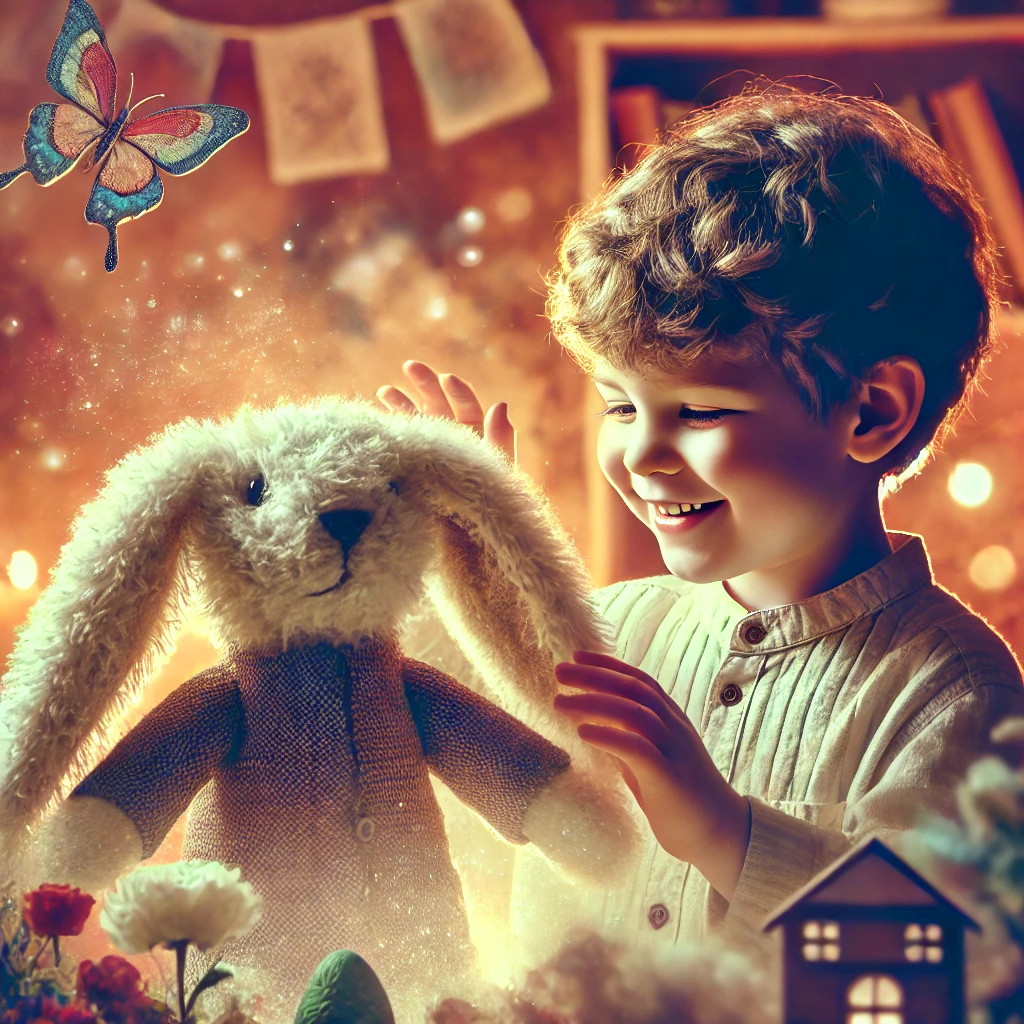Toys have a unique place in our hearts, especially when we’re young. They spark imagination, create worlds of adventure, and, in some cases, they almost seem to come to life. But how do toys become real? It’s a question that has fascinated both children and adults for generations. While toys can’t truly “come alive” like in movies or books, they do become real in a way that impacts our emotions and memories. This post will explore how toys can take on a life of their own in our minds and hearts.
The Power of Imagination
When we talk about how toys become real, we’re really talking about the power of imagination. Children have an incredible ability to breathe life into their toys. A simple stuffed animal can turn into a brave adventurer, a superhero, or a best friend. Through play, these toys become much more than objects; they become companions in a world of fantasy and wonder.
- Role-playing: Kids often use their toys to act out different scenarios, turning a toy into a character with its own personality. This helps the toy feel more “real” to them.
- Storytelling: When children invent stories around their toys, they give them emotions, goals, and sometimes even voices. This process of storytelling makes the toy feel alive in their world.
How Movies and Books Make Toys Seem Real
In popular culture, we’ve seen many examples of toys coming to life. Movies like Toy Story and books like The Velveteen Rabbit explore this magical idea. In these stories, toys experience emotions, move around, and even have their own adventures when humans aren’t looking.
In The Velveteen Rabbit, for example, the toy becomes real through the love of its owner. The book shows how a child’s deep emotional connection with a toy can transform it into something more than just fabric and stuffing. While this may be fiction, it mirrors how many of us feel about our toys as kids.
- Emotional Connection: Much like in stories, toys can feel real to us because we form emotional bonds with them. Whether it’s a childhood teddy bear or an action figure, we give these objects meaning by associating them with feelings of comfort, joy, or adventure.
Sentimental Value: When Toys Become Treasures
As we grow up, certain toys remain special to us. They stop being just toys and become keepsakes that hold sentimental value. It’s not uncommon for adults to keep their childhood toys, passing them down to future generations. At this point, these toys have become real in a different sense. They represent cherished memories, important milestones, and moments of happiness.
For many people, toys are tied to some of their happiest memories. Whether it was the doll they played with every day or the action figure they took on every adventure, these toys become symbols of childhood.
- Passing Down Toys: When we pass down a toy to a younger family member, we share that magic. The toy continues its “life” by creating new memories for someone else.
- Nostalgia: Toys have a unique ability to evoke nostalgia. They remind us of simpler times, and in that sense, they become real through the memories they hold.
How Toys Become Real Through Technology
In today’s world, some toys are closer to becoming “real” than ever before, thanks to technology. Advances in robotics, artificial intelligence, and interactivity have allowed toys to respond to human input in ways that make them feel more lifelike.
- Interactive Toys: Modern toys like robotic pets, talking dolls, and smart devices have sensors and programming that allow them to respond to voice commands or touch. These toy’s can simulate real-life interactions, making them feel almost alive to children.
- Virtual Worlds: Online games and virtual worlds allow children to interact with digital versions of their favorite toy’s. In these spaces, toy’s can walk, talk, and interact in ways that mimic real life.
Conclusion
While toys may never truly come to life as they do in the movies, they become real in our hearts through imagination, emotional connections, and the memories we create with them. Whether it’s through play, storytelling, or nostalgia, toy’s hold a special place in our lives, bringing joy and comfort to both children and adults.
As technology continues to evolve, toy’s are becoming more interactive and lifelike, blurring the lines between reality and imagination even further. But in the end, it’s not the technology or the material that makes a toy real—it’s the love, creativity, and memories we attach to it.
FAQs About How Toy’s Become Real
Q: Can toy’s actually come to life?
A: No, toy’s cannot come to life in the literal sense. However, through imagination, emotional bonds, and technology, they can feel very real to children and even adults.
Q: What makes a toy feel real to a child?
A: A child’s imagination plays a huge role in making a toy feel real. Through play, storytelling, and role-playing, children give toy’s personalities and emotions.
Q: How do books like The Velveteen Rabbit portray toy’s becoming real?
A: In The Velveteen Rabbit, the toy becomes real through the love and attachment of its owner. This reflects how children often form deep emotional connections with their toy’s.
Q: Are there any toy‘s today that act like they’re real?
A: Yes! Many modern toy’s are equipped with technology like AI, sensors, and robotics, which allow them to respond to human input and simulate real-life behaviors.
Q: Can adults feel attached to toy‘s?
A: Absolutely. Many adults keep toy’s from their childhood because they hold sentimental value, representing important memories and moments of happiness.

